Winning tip: A ‘film set’ close to the Polish border
We arrived in Görlitz, Germany’s most easterly town, to find it packed with peasants swilling beer from pewter mugs and devouring sausages to a background of drums and pipes. It was the annual medieval festival, and they take the past seriously here. That’s understandable: Görlitz is jammed with arcaded squares, ancient towers and magnificent churches that have bedazzled film-makers from Tarantino to Wes Anderson. We lucked into the building that served as the Grand Budapest Hotel – actually an art nouveau department store. We went to Poland for a beer – the town of Zgorzelec is just over the River Neisse – before returning to Görlitz for carousing, 15th-century style.
David Ellis
Black Forest bathing
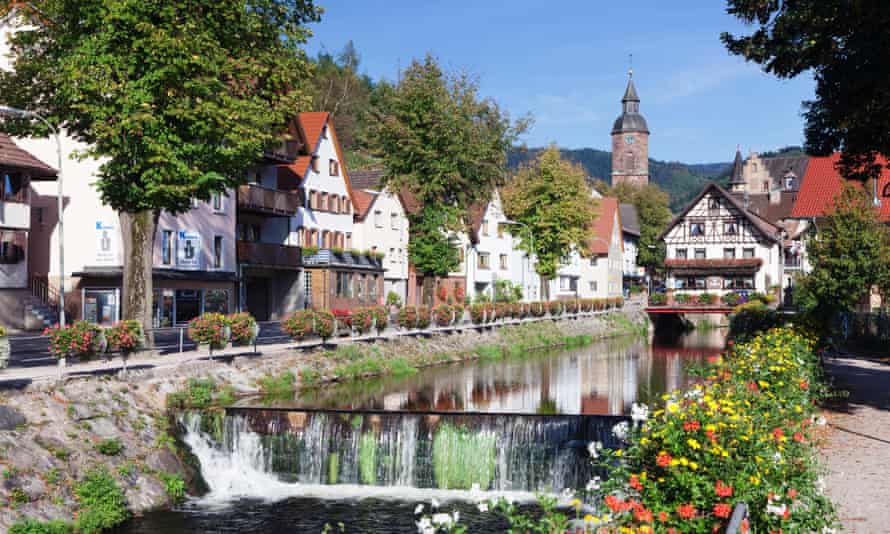
We had a great family holiday in the Black Forest near Oppenau. It’s a beautiful old small town but the best thing about it was the huge, public open-air swimming pool, with water slides, grassy picnic areas and a cafe. Best of all when you pay your tourist tax you receive free entry and free train travel around the Black Forest region. This means you can explore the small towns, lakes, forests and waterfalls by train.
Rebecca
Alpine views and a beach, near Munich
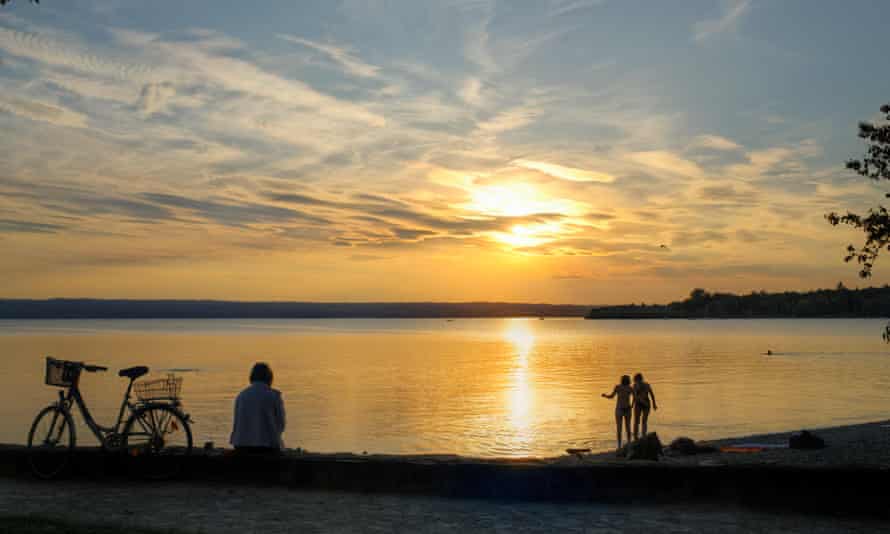
Herrsching am Ammersee is a small town at the end of the S-Bahn line from Munich, next to Ammersee, a beautiful 15km-long glacial lake. There are views to the Bavarian Alps over 60km away, a promenade, and beaches where people swim in the summer. A short hike through the woods brings you to Kloster Andechs, a stunning Benedictine abbey on a hill overlooking the lake. The abbey brews its own beer and has a Biergarten where you can sip its brews – some with evocative names: Spezial Hell, Weizenbock and Bergbock Hell – and crunch on a Brezeln (pretzel) or two. If you over-indulge on the “hells”, Nefis, on Seestrasse, does the best Turkish meze and kebabs. Taking the boat to Dießen am Ammersee is also a must, as is hiring a bike to explore the many fairytale Bavarian villages nearby.
Tom
Profile
Readers’ tips: send a tip for a chance to win a £200 voucher for a Sawday’s stay
Show
Guardian Travel readers’ tips
Every week we ask our readers for recommendations from their travels. A selection of tips will be featured online and may appear in print. To enter the latest competition visit the readers’ tips homepage
–
Luther’s legacy, near Berlin
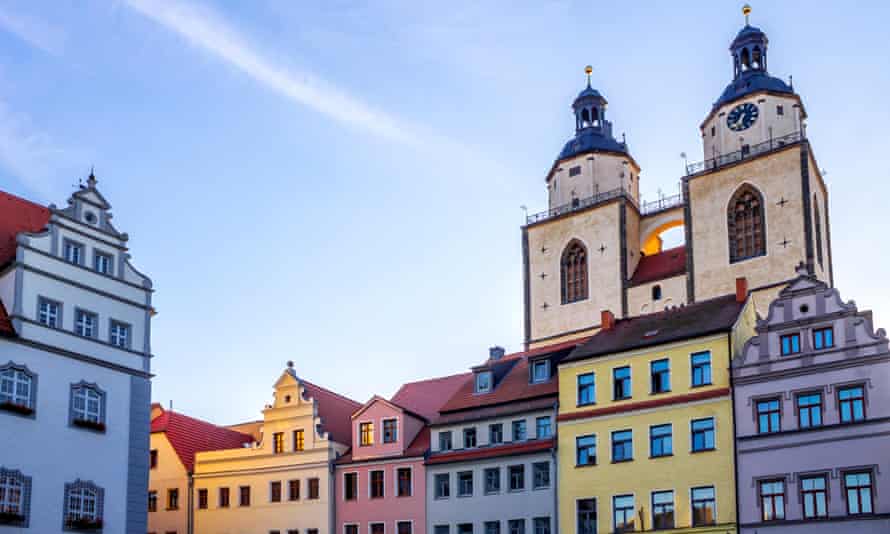
Lutherstadt Wittenberg is a beautiful town less than an hour by train from Berlin. It’s the perfect place for a day trip or overnight stay. For a cheap stay, Wittenberg Youth Hostel (€28.50) is next to where, according to some accounts, Martin Luther nailed his 95 theses. It’s a beautiful place, especially if you are a fan of reformation history. The market square is stunning at sunset, and there is a shop where you can by anything in Martin Luther form, including a tiny Lego Luther.
Ellen
Into the Harz mountains, Lower Saxony
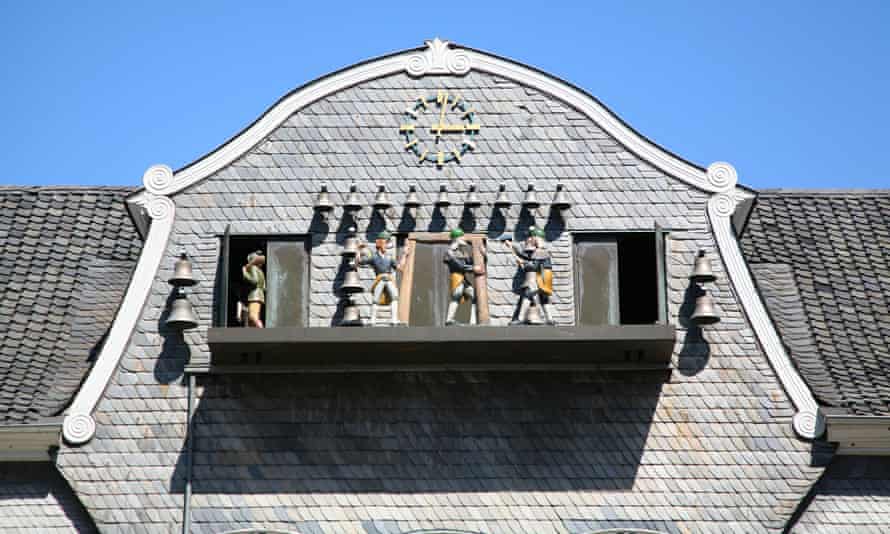
I recommend Goslar, a Unesco-listed city in an untouched area in the Harz mountains. It’s a beautiful old town with a charming centre. The slate-clad Kaiserringhaus has a glockenspiel (pictured) and automatons that chime regularly each day. The enchanting figures act out scenes from Goslar’s mining past. Parts of the Martkbrunnen fountain date back to the 12th century, adding to the timeless atmosphere of the centre. A great trip from Goslar is to take a scenic ride on the narrow-gauge, steam Brocken railway, an ideal way to see some of the least-known natural landscapes in Germany.
Gerard Gordon
Medieval magic, northern Bavaria
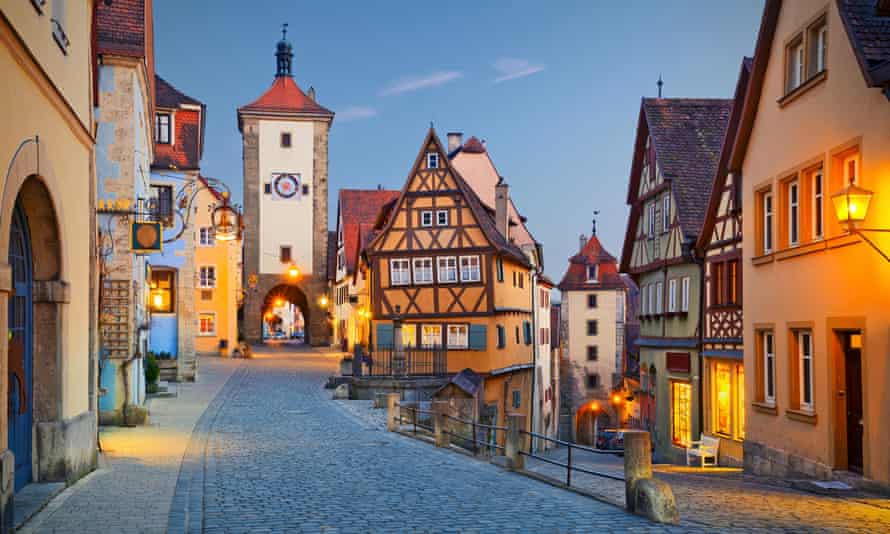
The fortified hilltop city of Rothenburg ob der Tauber is not just a beautiful place to visit but one of Germany’s most significant historical centres. Ringed by a huge defensive wall punctuated by towering city gates, the enclosed warren of narrow streets, lanes and alleyways are a delight to wander. Lush parks and gardens are to be stumbled across among the quintessentially German medieval architecture of half-timbered and brightly painted and decorated buildings. Cafes, restaurants and beer halls abound, as do museums, not least the glittery Christmas Museum, the Medieval Crime and Justice Museum and the Imperial City Museum, celebrating the town’s long and prestigious history.
Graeme Black
Architectural oddity near the North Sea
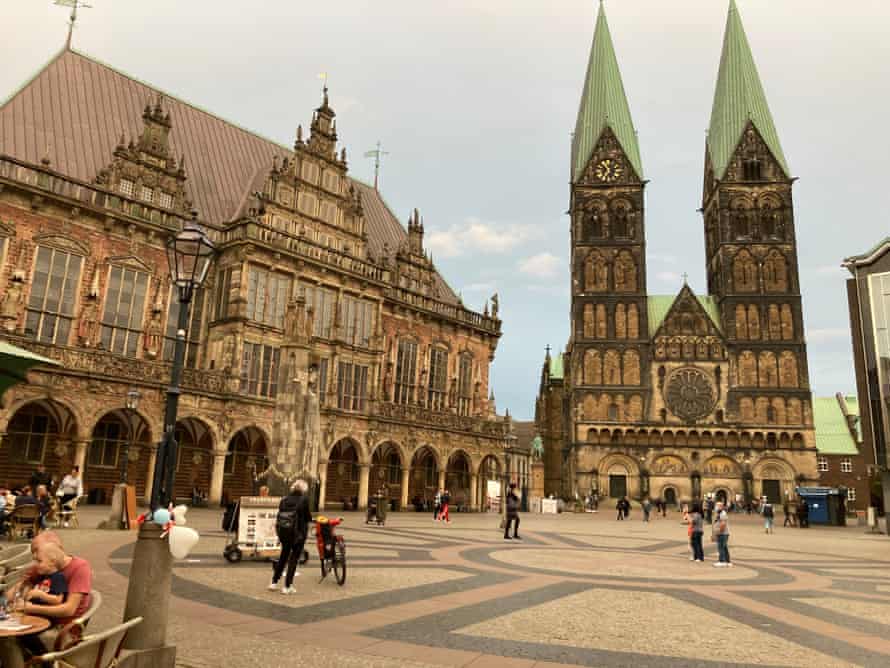
Bremen is a fascinating, beautiful small city with ancient streets, a lively Marktplatz, art at the Kunsthalle from such diverse sources as Masolino, Dürer, Monet, Van Gogh, Beckmann, Cage and Paik, and the fine Theater am Goetheplatz. There’s great countryside around, with nature parks, castles and Bremerhaven, where there’s the excellent German Maritime Museum. There are loads of good restaurants outside and in, with sensible Covid restrictions. The Böttcherstraße, which hosts a plethora of arts and crafts shops, is a remarkable piece of interwar architecture, and there’s a hotel right in the middle of it in Atlantis House. The walks along the River Weser are lovely too.
Nigel Gann
Where Bach played the organ, Thüringen

Mühlhausen, in Thüringen in the former GDR, is a small town with a huge history. The young JS Bach was organist here, and you can hear organ music in the church where he worked. Earlier, the theologian Thomas Müntzer, who opposed both the Roman Catholic church and Martin Luther, preached here and was executed outside the city in 1525. The medieval centre is one of the largest in Germany, with beautiful churches and buildings wherever you look. There are lovely old wooden doors, behind one of which is the town hall where a friendly civil servant can lead you to the amazing painted council chamber. The train journey goes through quiet countryside to the sleepy station, far from the bustle of the big cities.
Barbara Forbes
Wonky wonder, Bavaria
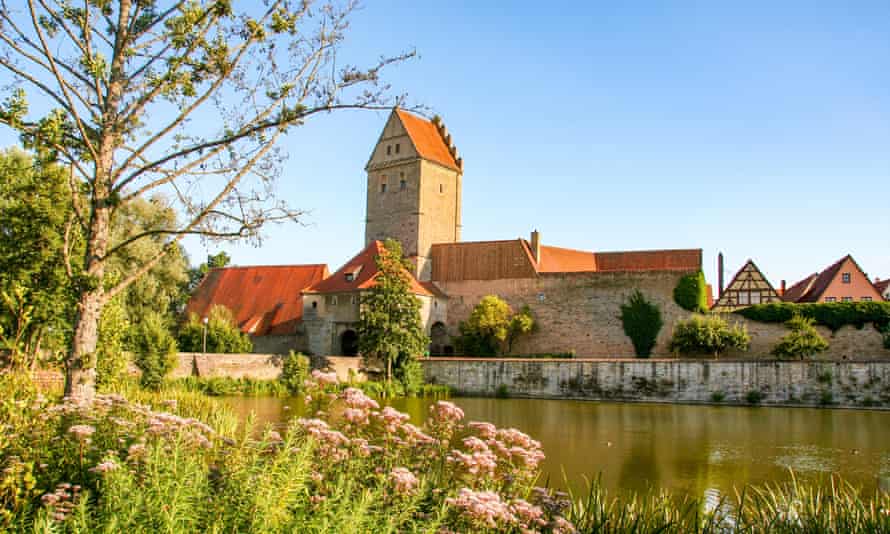
Not too far from Nuremberg is the red-roofed medieval town of Dinkelsbühl. A trout-filled river, a city wall reminiscent of Carcassonne, and more taverns than you can shake a schnitzel at. In the middle of July the town is overflowing with lederhosen-wearing young people swilling beer at bunting-bedecked trestle tables in the central square – all as part of the Children’s Festival, which marks the town’s escape from decimation by the Swedish army when the general took pity on the local peasant children. Brightly coloured doors, wonky windows and curious cobbled streets make Dinklesbuhl a fantastic historic stay.
Rosey
Handsome and Hanseatic, Lübeck
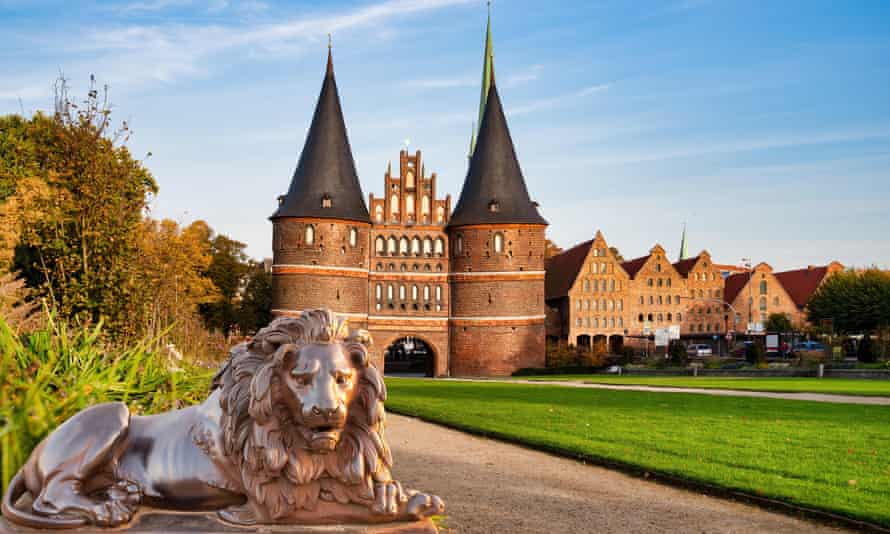
The moment you walk through Lübeck’s Unesco-listed Holstentor Gate (pictured) you find a city stuffed with treats. As the former capital of the Hanseatic League, it abounds in history and culture, and has the added bonus of being within a few kilometres of wide, sandy beaches. The highlight for me, though, was savouring the tastes and sights of its edible claim to fame: marzipan. After walking down Breite Straße and sampling Niederegger Café’s signature nut tart, I visited the free museum upstairs and saw, among other fascinating exhibits, lifesize, local figures, including novelist Thomas Mann, sculpted from almond paste.
Rod





